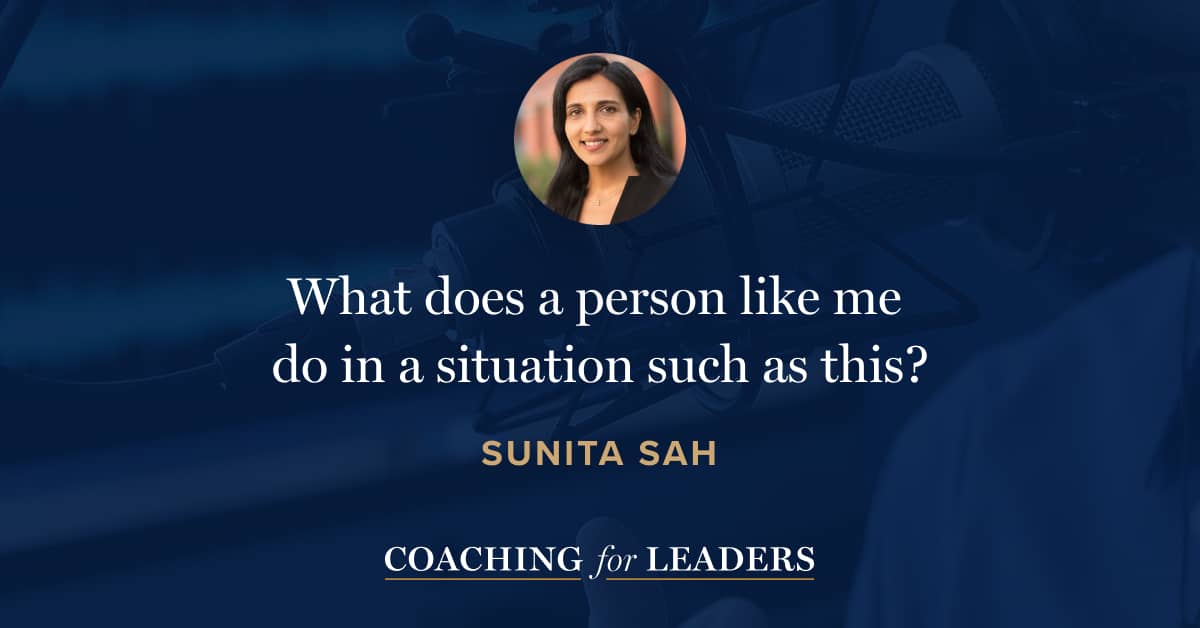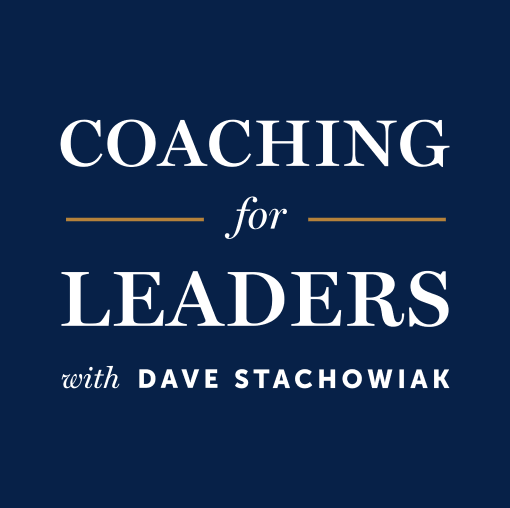Sunita Sah: Defy
Sunita Sah is an award-winning professor at Cornell University and an expert in organizational psychology, leading groundbreaking research on influence, authority, compliance, and defiance. A trained physician, her research and analyses have been widely published in leading academic journals and media entities including The New York Times, Los Angeles Times, Harvard Business Review, and Scientific American. She is the author of Defy: The Power of No in a World That Demands Yes*.
We often think of defiance as a snap judgement. Yet, it’s so much more nuanced and purposeful than it often appears. In this conversation, Sunita and I explore the common patterns of defiance and how we can all do a better job of standing up for ourselves.
Key Points
- We follow bad advice – even when we know it is obviously bad – to avoid appearing unhelpful.
- Defiance means acting in accordance with your true values when there is pressure to do otherwise.
- True defiance is not a snap judgement; it’s a process.
- Acts of defiance are preceded by many moments of conscious compliance, when defiance is deferred.
- Five stages of defiance often emerge: (1) Tension, (2) Acknowledgement (to ourselves), (3) Escalation (vocalize to others), (4) Threat of non-compliance, and (5) Act of defiance.
- Vocalizing our concern to someone else is a key pivot point on the journey to ultimately saying no.
- Respond explicitly to these questions: (1) Who am I? (2) What type of situation is this? and (3) What does a person like me do in a situation such as this?
Resources Mentioned
- Defy: The Power of No in a World That Demands Yes* by Sunita Sah
Interview Notes
Download my interview notes in PDF format (free membership required).
Related Episodes
- Find Courage to Speak When It Matters Most, with Allan McDonald (episode 229)
- How to Build Psychological Safety, with Amy Edmondson (episode 404)
- How to Speak Up, with Connson Locke (episode 546)
Discover More
Activate your free membership for full access to the entire library of interviews since 2011, searchable by topic. To accelerate your learning, uncover more inside Coaching for Leaders Plus.





